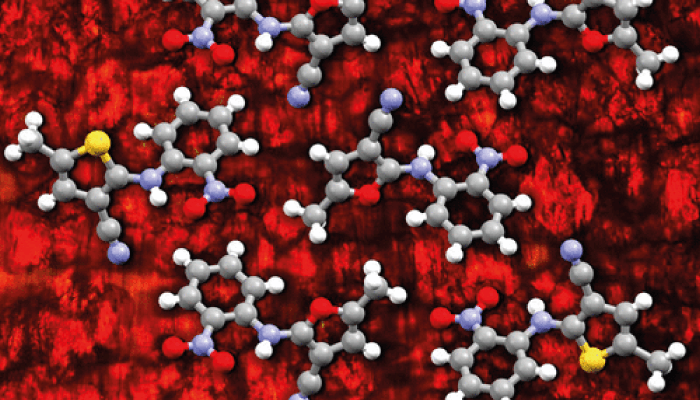Polymorphism is a well-established phenomenon whereby chemical compounds exist in multiple crystalline forms. These forms can differ in terms of solubility, melting point, and other basic properties, which can affect the bioavailability of drugs. Naturally, controlling polymorphism is of interest to pharma developers – the more forms chemists can produce, the greater the possibilities.
Researchers from the University of Montreal, Canada, have uncovered a method of searching for polymorphs based on mixed-crystal seeds (1). Using the approach, the team produced new crystalline forms of the small molecule ROY – which is used to synthesize antipsychotic drug Olanzapine.
“The method promises to become a valuable tool for polymorphic screening in all fields where crystalline solids are used,” according to the authors. Meanwhile, Susan Reutzel-Edens, a senior research advisor at Eli Lilly, has reportedly said the platform is “likely to see widespread use across the pharmaceutical industry” (2).

References
- A Levesque, T Maris and J D Wuest, “ROY Reclaims Its Crown: New Ways To Increase Polymorphic Diversity” (2020). Available at: https://bit.ly/30GbdfX
- C&EN, “New methods to control small molecule crystallization” (2020). Available at: https://bit.ly/3imWNqH




